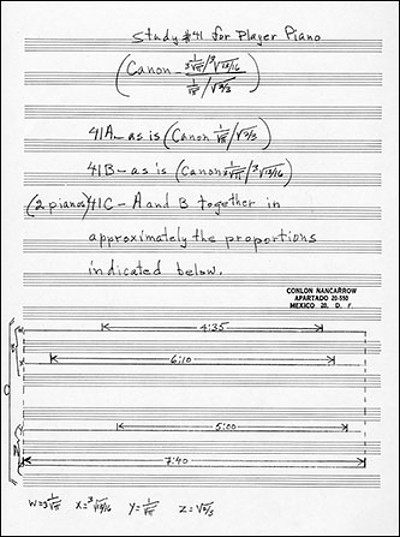In 1958, momentarily exasperated at the jargon that afflicted behavioral science, Harvard sociologist Daniel Bell typed up an impenetrable paper titled “The Parameters of Social Movements: A Formal Paradigm”:
The purpose of this scheme is to present a taxonomic dichotomization which would allow for unilinear comparisons. In this fashion we could hope to distinguish the relevant variables which determine the functional specificities of social movements. Any classificatory scheme is, essentially, an answer to some implicit other scheme. In this instance, it is an attempt to answer the various hylozoic theories which deny that social categories can be separable.
He divided social movements into two types, the homologous and the metonymous. Homologous movements are distinguished by structural variables (monocotyledonous and dicotyledonous), matrix variables (ultramontane and anti-nomian), and process variables (syncretistic and diastrophic). Metonymous movements, by contrast, are marked by goal definitions (transcendental or eschatological), a matrix of change that’s quietistic or chiliastic (the latter either sectarian or lacrimatarian), and a mode of change that’s immanent or informed by kairos (diastasis).
“I sent it off to two sociological friends, who I thought would appreciate it, and one sent me back a serious letter about some of the categories, while the other, not knowing whether it was a spoof or not, wrote: ‘You are too good a sociologist not to have created something which itself is quite useful.'”
(From Dwight Macdonald, Parodies, 1960.)





